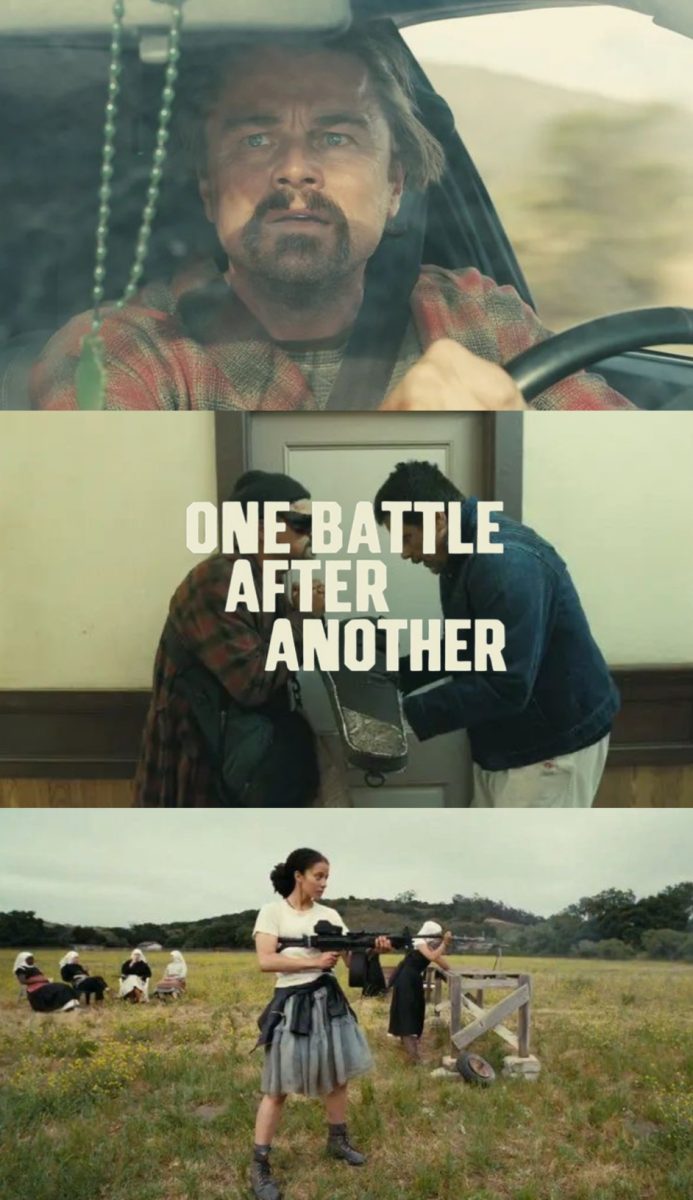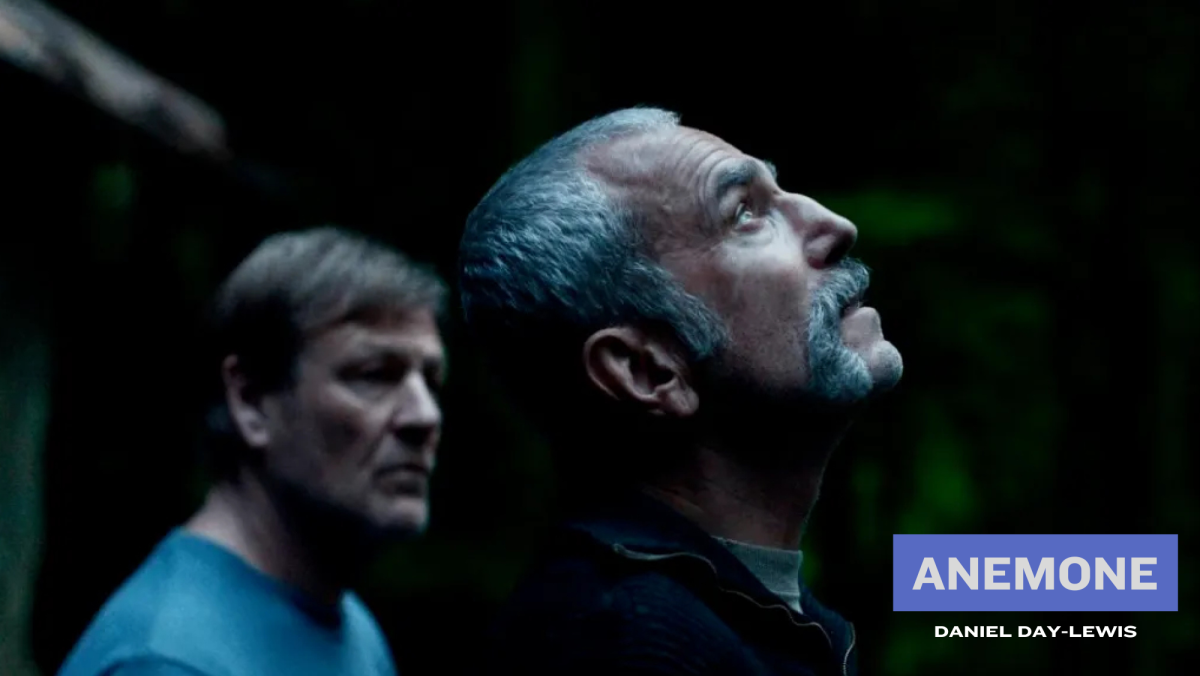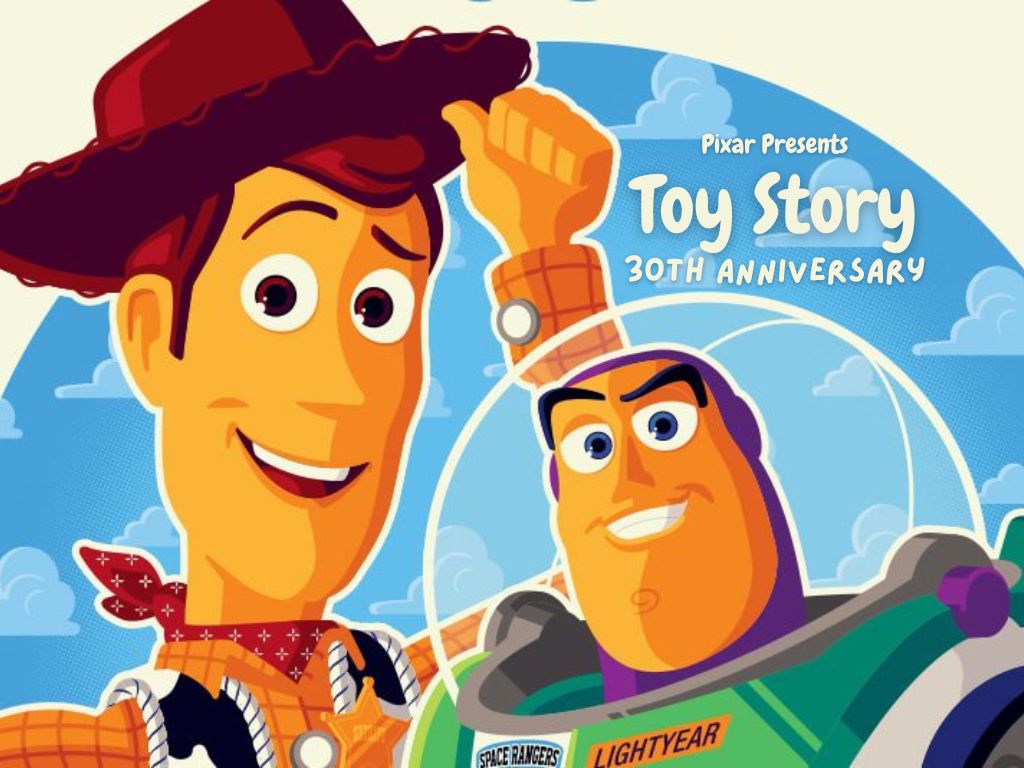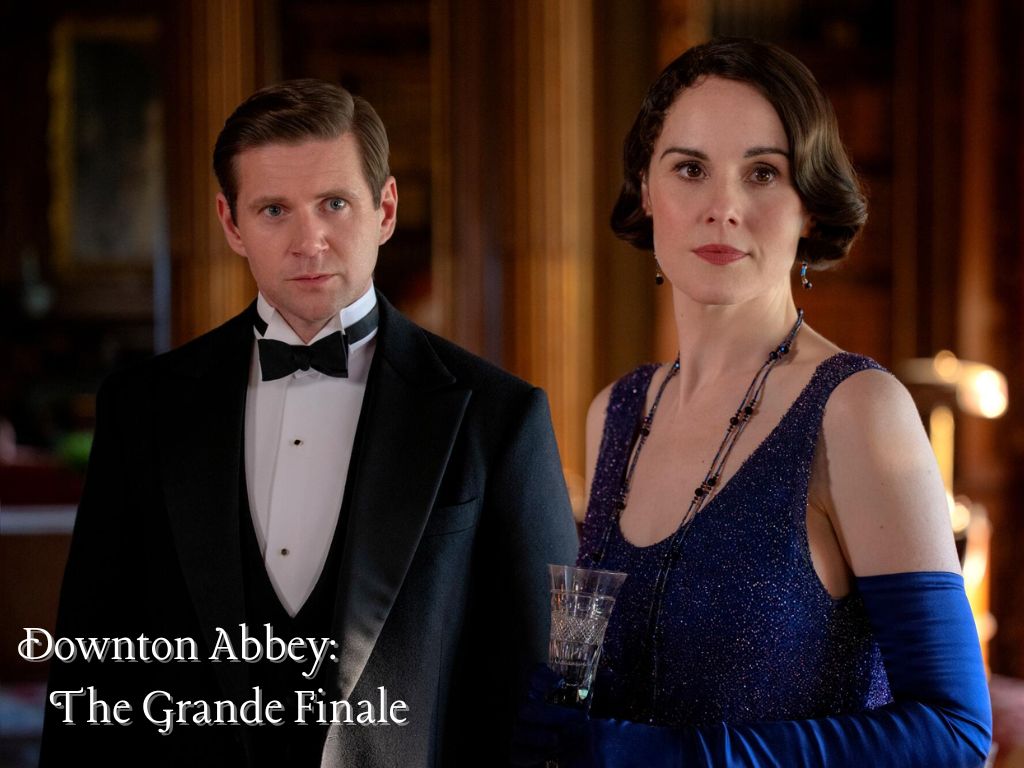
It’s hard to find a way to bring new life and originality to a series that is as coveted and densely filled with history as the Star Trek franchise is. Yet that is exactly what the team at Bad Robot did when they released the 2009 reboot to the continuity that delighted both longtime trekkies and new fans alike, myself included. That’s why I found myself itching for the sequel, Star Trek: Into Darkness, to finally land in theaters and hopefully capture the same sense of wonder and excitement the first one brought about. Sadly, I was less than impressed.
Utilizing the same tools that made the first flick so successful, director J.J. Abrams brought back all of the same cast and creators from the first film and once again dove into Trek lore, bringing his sense of new blockbuster entertainment to the franchise while still remaining faithful to the old. Writers Roberto Orci, Alex Kurtzman and Damon Lindelof are no strangers to sci-fi, and their expertise should have provided viewers with an invigorating summer movie experience, but many may find themselves walking out of the theater feeling confused and in the dark (pun intended).
This is not to say the film is completely without merit. The magnificent cast once again brings its A-Game to the project, and blows away all familiarity audiences may have with the actors. Each character feels like just that, a character. Many blockbuster movies don’t have enough flesh and blood being pumped into the characters, so they feel like husks of people rather than real people. Into Darkness certainly doesn’t have that problem, although it could be said they didn’t spend enough time doing it.
Another gold star to be given to the film is the waning use of lens flare. Abrams must have heard from various reviewers how difficult it was to enjoy the first Star Trek when there were bright lights completely covering the actors’ faces, but Into Darkness seems to have found the dimmer on that switch.
Now onto the negatives; without listing every nitpick, suffice it to say that Into Darkness just didn’t feel finished. A lot of plot points feel slightly fuzzy, and the fact that the antagonist wasn’t clearly explained for a good chunk of the movie felt very odd. Granted, it’s intended that the villain not be defined, but it wasn’t really a welcomed concept. That being said, Benedict Cumberbatch was absolutely delightful in his role as Khan. He felt incredibly malevolent and sinister, and definitely filled the role of the love-to-hate villain, especially when his resonant voice rumbled the theater during his monologues.
Into Darkness toyed around with many concepts about character archetypes, relationships, and plot structure, but none of those really came to fruition. If I could have made a single suggestion to the team behind the film, it would be that the 132-minute runtime could honestly have been extended for a while. Allowing more time to develop some of the ideas that were established and not have them be cramped together in that tight time allotment, Into Darkness could have risen to greatness in my mind.







